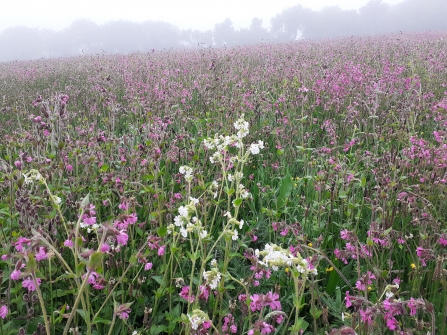Fairy Walk
Frances and Rob moved to Restineas in 2009 and have since turned their 2.5 acre garden into a wildlife haven. The garden was due to open on 31st May to raise money for Cornwall Wildlife Trust as part of our annual Open Gardens series but due to coronavirus, has been unable to do so. Here, Frances tells us about her and Rob’s approach to developing the garden, the wildlife it’s home to / attracts, and the plants that are currently blooming.
Sign up to be notified of the next in the Online Open Gardens Series



